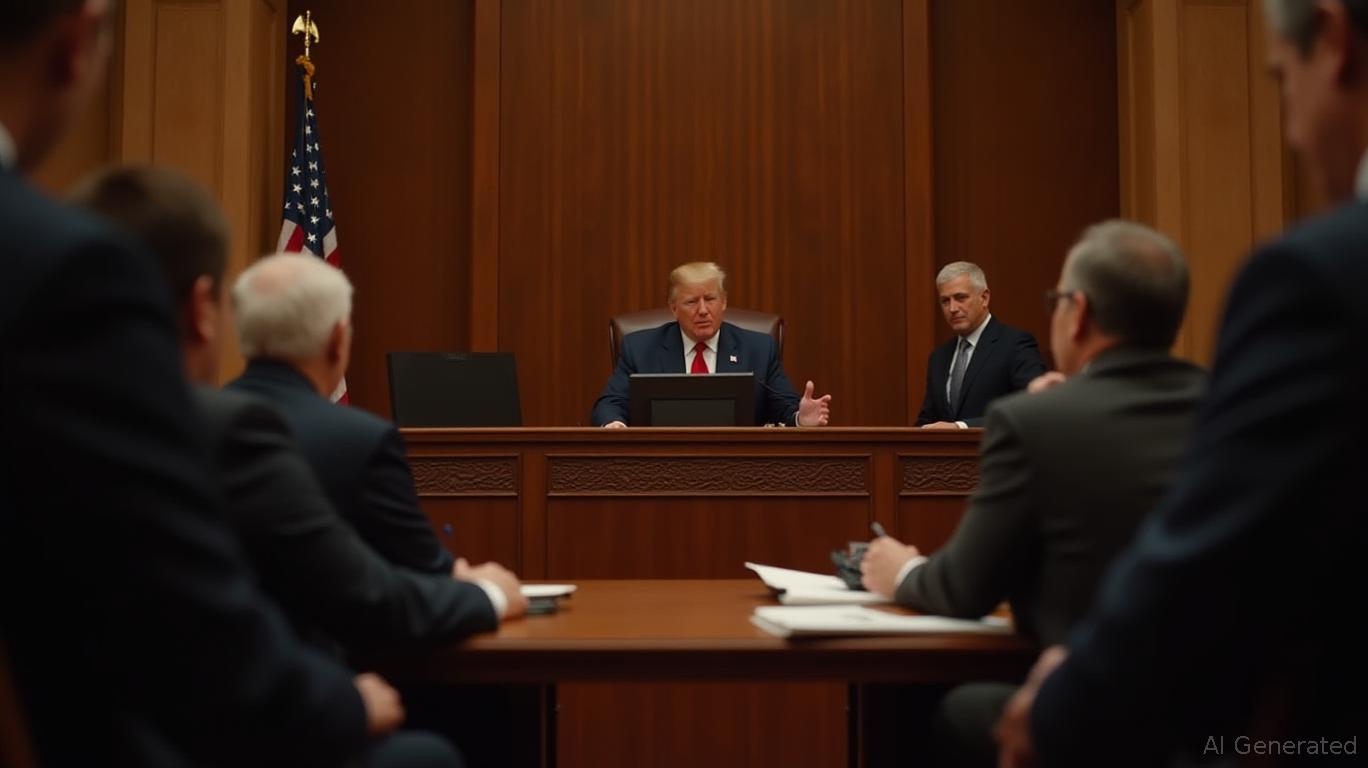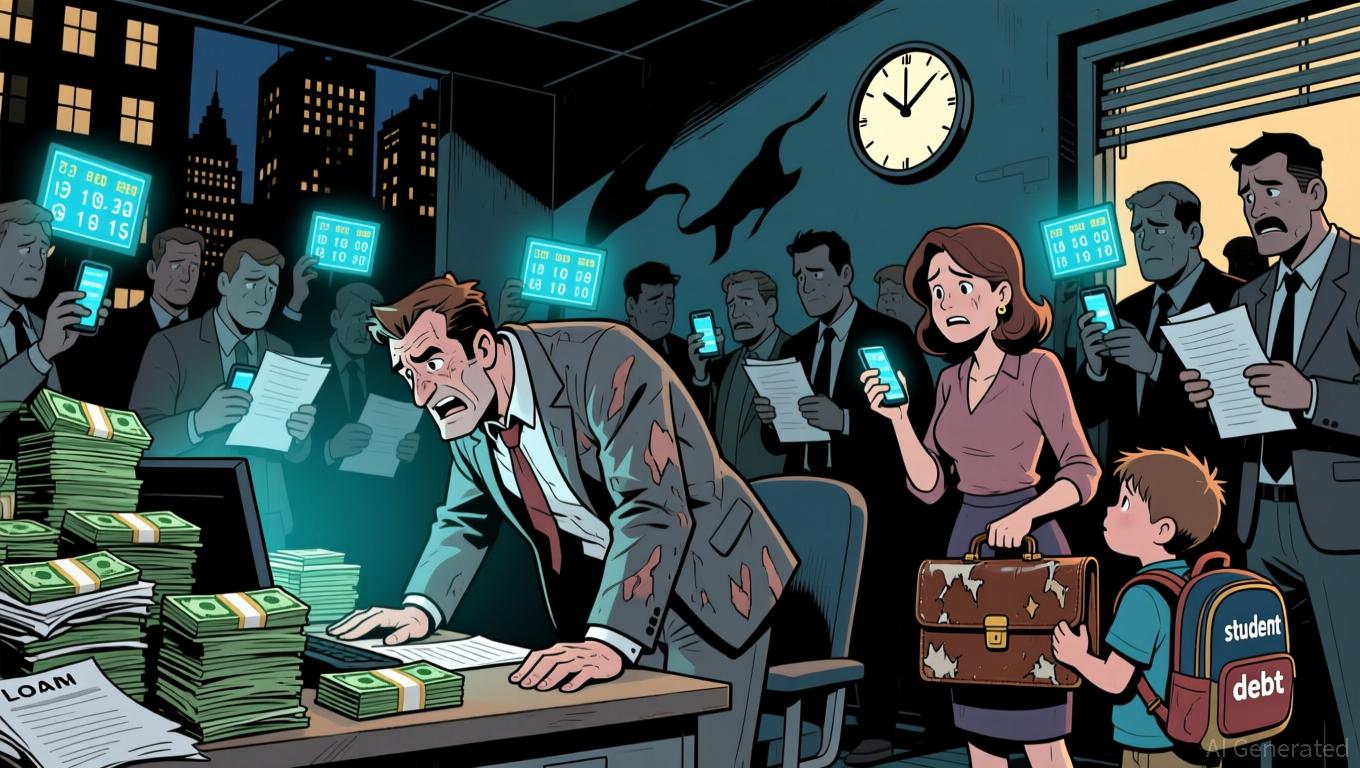S&P 500 Hits 6,900 on Weak Breadth — But Is Crypto the Real Liquidity Play?
The S&P 500 just reached an all-time high of 6,911.30, adding $18 trillion in value since April — yet 80% of its stocks fell.
The S&P 500 climbed above 6,900 for the first time on October 28, 2025, but nearly 80% of its stocks fell that day. This made it the weakest market breadth ever recorded for a positive session.
This anomaly illustrates the rally’s extreme concentration and raises concerns about market fragility, even as prediction markets show optimism for further gains.
A Rally Driven by a Few Stocks
As of this writing, the S&P 500 (SPX) traded at 6,890, a modest correction after topping out at 6,911 on Tuesday.
 S&P 500 (SPX) Price Performance. Source:
TradingView
S&P 500 (SPX) Price Performance. Source:
TradingView
Market analysts are calling it one of the strangest rallies in modern history. According to Barchart, almost 80% of S&P 500 stocks declined, marking the worst day of market breadth ever recorded. Meanwhile, the SPX was making new all-time highs.
Almost 80% of S&P 500 stocks declined today, which is the worst day of market breadth ever recorded, while the $SPX was making new all-time highs 🚨🚨
— Barchart (@Barchart) October 29, 2025
Bespoke Investment Group confirmed the numbers, calling it the S&P’s worst breadth day ever for an up day. ZeroHedge added that this anomaly will make the history books, as it reflects the most negative market breadth at an all-time high on record.
The rally is being carried almost entirely by AI-driven megacaps. According to the Kobeissi Letter, markets are witnessing a once-in-a-lifetime run. It cited the intersection of one of the biggest technological revolutions in history, deregulation, and trillions of dollars of investment.
Yet, Kobeissi also cautioned that volatility remains a defining feature of this era.
“The S&P 500 has recorded four drawdowns of at least -20% over the last ten years, the most on record… Capitalize on this volatility,” they wrote.
The rally’s narrowness reflects how concentrated US equity leadership has become, with big tech proving dominant. The gains of a few AI heavyweights are masking widespread weakness, a dynamic that often signals exhaustion in late-stage bull markets.
Still, traders aren’t backing off. Prediction platform Kalshi estimates an 81% probability that the S&P 500 reaches 7,000 by year-end, suggesting investor belief in the power of liquidity and policy optimism to sustain the run.
JUST IN: S&P 500 crosses 6,900 for the first time 81% chance it reaches 7,000 this year
— Kalshi (@Kalshi) October 28, 2025
Crypto’s Quiet Counterpoint
While Wall Street floats on megacap momentum, crypto watchers are drawing comparisons and distinctions, with analyst Diana Sanchez highlighting the scale gap.
“The S&P 500 just smashed through 6,900… adding a jaw-dropping $18 trillion since April. Meanwhile, Bitcoin’s total market cap sits at only $2.27 trillion. When you realize how small crypto still is, you understand how early we really are,” she stated.
Jamie Coutts, an analyst at RealVision and former Bloomberg Intelligence strategist, believes crypto markets are growing beyond these liquidity-driven cycles.
“Stablecoin transfer volumes have diverged from both blockchain fees and global liquidity… It suggests real economic use — payments, settlement, and commerce, rather than speculative flow,” he wrote.
In contrast, Mark Cullen of AlphaBTC observed that crypto prices remain buoyed by macro optimism.
“Markets held steady as big earnings and rate-cut hopes built. Tech earnings and Fed signals are the next big catalysts,” Cullen countered.
If the S&P’s historic surge reflects liquidity excess and AI euphoria, crypto may be quietly positioning itself for a different kind of growth, one rooted in infrastructure, independence, and real utility.
While Wall Street’s rally narrows, blockchain’s breadth may be widening quietly.
Disclaimer: The content of this article solely reflects the author's opinion and does not represent the platform in any capacity. This article is not intended to serve as a reference for making investment decisions.
You may also like
Supreme Court Decision on Tariffs May Require $140 Billion in Refunds and Prompt Federal Reserve to Lower Rates
- UBS warns a Supreme Court ruling against Trump's tariffs could force $140B refunds, straining U.S. fiscal resources and prompting potential Fed rate cuts. - The refunds stem from 39% Swiss tariffs deemed potentially unlawful, with fiscal impact equivalent to 7.9% of 2025's projected budget deficit. - Legal challenges highlight executive overreach risks, while reduced tariffs could boost consumer spending and ease inflation, creating room for Fed easing. - Swiss business leaders have lobbied Trump to lowe

Ethereum Updates: TRON's GreatVoyage: Strengthening USDT's $122B Network to Compete with Ethereum

Arm's Low-Power Architectures Overcome AI Energy Constraints, Fuel 34% Growth in Revenue
- Arm Holdings reported $1.14B Q3 revenue, 34% YoY growth surpassing forecasts, driven by AI/data center demand. - Royalty revenue rose 21% to $620M while licensing revenue jumped 56% to $515M, reflecting strong IP adoption. - Strategic shift to develop full-chip solutions via Compute Sub Systems aims to compete with Nvidia/Amazon in AI hardware. - Parent company SoftBank explored Arm-Marvell merger to strengthen AI infrastructure, highlighting industry consolidation trends. - 20 "buy" ratings and $155 pri

Fed Faces a Choice: Boost Growth or Curb Mounting Debt?
- U.S. household debt hit $18.59 trillion in Q3 2025, driven by rising credit card, student loan, and home equity debt with delinquency rates at multi-year highs. - The Fed initiated rate cuts amid slowing job growth but faces a dilemma: easing economic strain risks inflating a consumer debt bubble while tightening worsens defaults. - Retailers, banks, and auto lenders face fallout as discretionary spending declines and loan defaults rise, while essential goods and debt collectors see increased demand. - P

